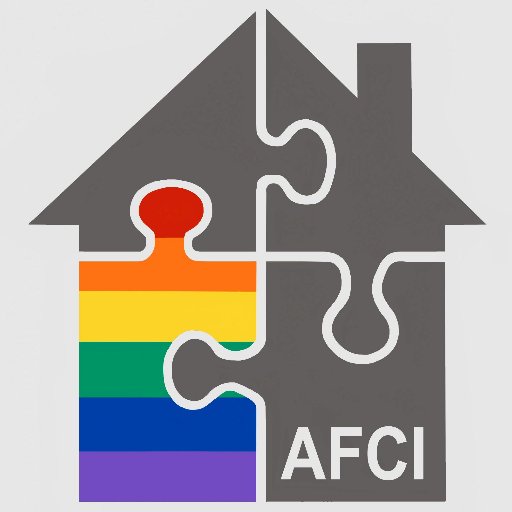How Many People are Gay?

THE SHORT ANSWER
LGBTQ identity varies according to the definition used, specifically whether one is referring to self identity, attraction, sexual behavior, relationships, gender identity, gender expression and/or conformation to gender roles. Most studies worldwide estimate that about three to 14 per cent of the population identify as LGBTQ.
THE LONG ANSWER
Background: In the late 1940s the pioneering sexologist Alfred Kinsey, reported that 10 percent of men were homosexual. Since that time there have been many surveys to determine actual numbers.
According to a Gallup Polls in 2012 there were 8.3 million LGB people, 3.5% of the population, this increased to 10.52 million people, 4.1% of the population by 2016, and 5.6% in the 2017 data.
When we look at the percentage of LGBT people according to their generation there is a notable difference, as people become more comfortable and willing to identify the numbers begin to rise. The following are results of a Gallup Poll taken in 2017. The Generation Z numbers include transgender people.
Generation Z (1990 – 2019) 15.9%
Millennials (1980-1998) 7.3%
Generation X (1965-1979) 3.2%
Baby boomers (1946-1964) 2.4%
Traditionalists (1913-1945) 1.4%
The increase in percentages is attributed to a generation that has grown up in a more accepting environment.
Release Date: February 24, 2021
https://news.gallup.com/poll/329708/lgbt-identification-rises-latest-estimate.aspx
Gallup World Headquarters, 901 F Street, Washington, D.C., 20001, U.S.A+1 po202.715.3030
Why is it so difficult to get demographics of sexual orientation and gender identity?
There have been multiple surveys taken by various organizations since the late 1940s. Worldwide studies estimate that about three to 15 per cent of the population identify as LGBTQ.
The lack of uniformity in results can be attributed to various reasons:
- Respondents fear being judged in face to face interviews.
- Respondents fear being stigmatized/discriminated against if their identity is known.
- The survey is written with a particular result in mind.
- The population chosen to take the survey is skewed to produce desired results.
- The sample size (number of participants) is too small.
- Surveys are not consistent.
- Stigmatized topics are avoided.
Surveys are not to be used to prove a point but to learn the truth. If a survey is large, diverse, consistent, complete, anonymous, and repeated over time, the results will be more aligned with other surveys.
When it comes to LGBTQ questions they need to include: Self Identity, Behavior, Attraction, Relationships, Gender Identity, Gender Expression, and Non-Conformity to Gender Norms.
A study published in the journal PLOS ONE notes that the vast majority of the world’s sexual minority population keep their orientation hidden from all or most of the people in their lives. Concealment is associated with depression and anxiety, substance abuse and susceptibility to infectious diseases. This leads to significant mental and physical health issues, increased healthcare costs and the lack of public visibility necessary for advancing equal rights.
https://journals.plos.org/plosone/article?id=10.1371/journal.pone.0218084
Social acceptance will afford a greater willingness to publicly identity as LGBTQ.
If you have questions or comments, please use the following link to send them. Someone from the AFCI Education Center will respond asap.
Email: Questions and Comments

